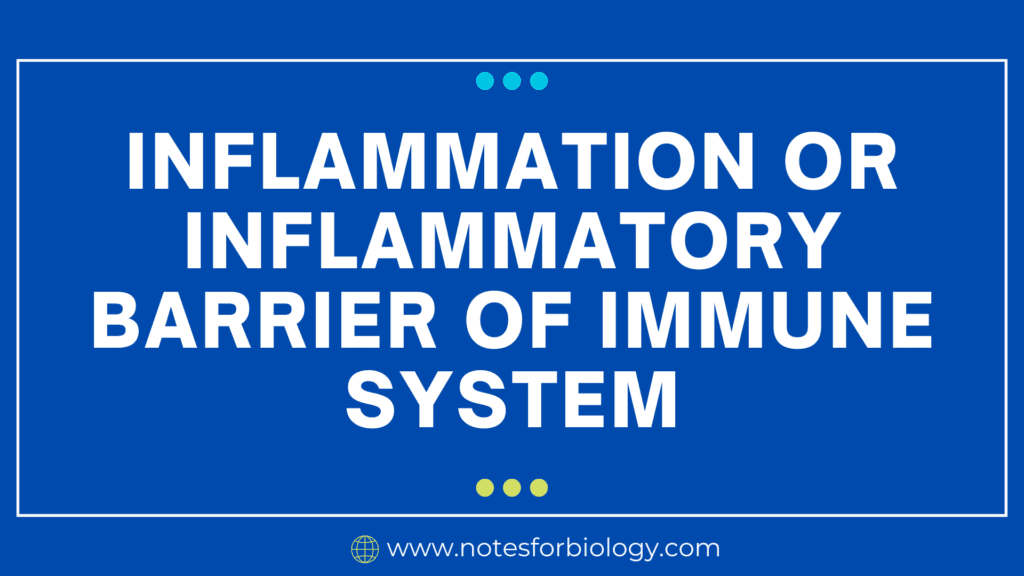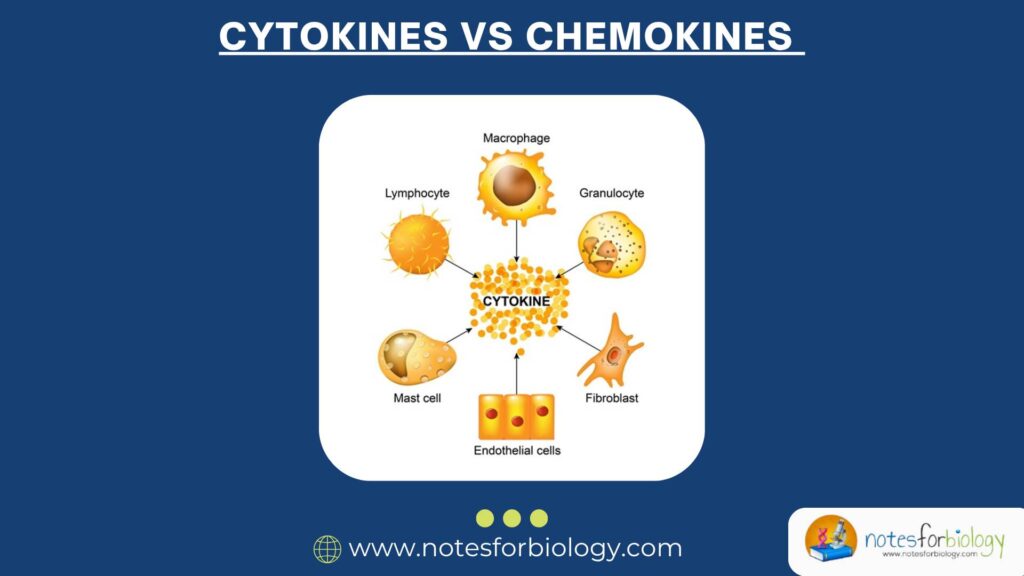Inflammation is a natural defense mechanism that the body uses to protect itself from infections, injuries, and harmful substances. It serves as an early response to help the body heal and recover from damage. Simply put, inflammatory response acts as a protective barrier, working to remove harmful stimuli and repair tissues. While it is a vital function of the immune system,inflammatory response can also be harmful if it persists for too long or becomes excessive.
Table of Contents
Understanding inflammatory response
inflammatory responseis triggered when the immune system detects damage or harmful invaders like bacteria or viruses. The body responds by sending signals to the affected area, prompting it to release chemicals. These chemicals cause blood vessels to expand, allowing more blood, immune cells, and nutrients to flow to the site. This results in the typical signs of inflammation: redness, heat, swelling, and pain.
There are two main types of inflammatory response: acute inflammation and chronic inflammation.
Acute inflammation
This occurs quickly and lasts for a short time. It’s the body’s immediate reaction to injury or infection. For example, when you cut your skin, the redness and swelling are signs of acute inflammatory response as the immune system works to heal the wound.
Chronic inflammation
This type lasts longer and occurs when the immune system remains active even when there’s no immediate threat. Chronic inflammatory response can damage healthy tissues and lead to conditions like arthritis, heart disease, or diabetes.
inflammatory response as a Barrier
The inflammatory response functions as a barrier to stop infections or damage from spreading. It prevents harmful substances from entering the bloodstream and affecting other areas of the body. This process is carefully regulated by the immune system to ensure it’s effective without causing harm to healthy tissues.
Key components of this inflammatory barrier include:
White blood cells (leukocytes)
These immune cells are responsible for detecting and attacking pathogens. During inflammatory response, they rush to the site of infection or injury to fight off harmful invaders like bacteria or viruses.
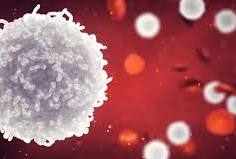
Cytokines
Small proteins released by immune cells, cytokines act as messengers that help coordinate the body’s response, signaling other immune cells to join the fight.
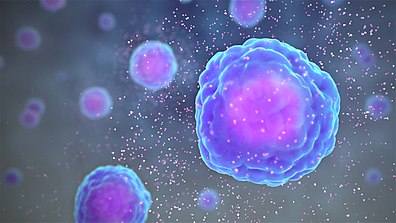
Histamines
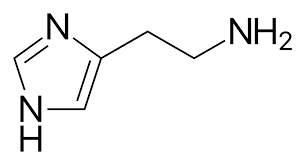
Released by specific immune cells, histamines cause blood vessels to widen, allowing more blood, immune cells, and nutrients to reach the affected area.
Platelets and clotting factors
In cases of tissue damage, platelets form clots to stop bleeding and prevent harmful substances from entering the body. This clot acts as a physical barrier, while inflammatory response adds an extra layer of defense.
The Role of inflammatory response in Healing
inflammatory response helps the body in several important ways:
Eliminating harmful invaders
Whether fighting bacteria from an infected wound or toxins from a sting, inflammatory response neutralizes and removes harmful substances.
Promoting tissue repair
After an injury, inflammatory response brings oxygen and nutrients to the damaged area, helping to repair tissue. Immune cells also help clear away dead or damaged cells.
Containing threats
In cases of infection, inflammatory response acts like a shield, preventing pathogens from spreading to other areas of the body, allowing the immune system to target the threat directly.
When Inflammation Becomes Harmful
While inflammatory response is crucial for healing, problems arise when it becomes persistent or unnecessary. Chronic inflammatory response occurs when the immune system stays active for too long. This can be triggered by factors such as a poor diet, stress, lack of exercise, or exposure to toxins. Chronic inflammatory response is associated with several serious conditions, such as:
Autoimmune diseases
In conditions like lupus or rheumatoid arthritis, the immune system mistakenly attacks healthy tissues, leading to prolonged inflammatory response.
Heart disease
Long-term inflammatory response contributes to plaque buildup in the arteries, increasing the risk of heart attacks or strokes.
Cancer
In some cases, chronic inflammatory response can damage DNA, which may lead to certain cancers.
Managing Inflammation
Lifestyle changes can help keep inflammatory response under control. Some ways to manage or reduce chronic inflammation include:
Following a healthy diet: Eating foods rich in antioxidants, like fruits and vegetables, can help reduce inflammatory response. Omega-3 fatty acids, found in fish, are also known for their anti-inflammatory benefits.
Regular exercise: Physical activity promotes good circulation, lowers stress, and helps reduce inflammation.
Getting adequate sleep: Poor sleep can increase inflammatory response, so it’s essential to maintain a healthy sleep routine.
Managing stress: Chronic stress can elevate inflammation levels. Techniques such as yoga, meditation, or deep breathing exercises can help lower stress.
In summary, inflammatory response is a vital part of the immune system, acting as a protective barrier against harmful stimuli. Acute inflammation helps the body heal from injuries and infections, but chronic inflammation can lead to various health problems. Maintaining a healthy lifestyle is key to ensuring that inflammation remains balanced and works to benefit the body without causing long-term harm.
Frequently Asked Questions (FAQ)
Define about Cytokines in short?
Immune cells release small proteins called cytokines, which function as messengers and assist in controlling and coordinating the body’s immune response by instructing other cells on how to combat infections, inflammation, or damage.
What is harmful invaders?
Foreign substances that can enter the body and cause infections or disorders include bacteria, viruses, fungus, and poisons. These invaders are considered harmful.
Related Articles

